Workability
Workability
Was ist Workability?
Workability ist ein wichtiger Begriff in der Stahlproduktion und im Stahlhandel. Er beschreibt die Fähigkeit eines Werkstoffes, sich verformen zu lassen, ohne zu brechen. Dies ist besonders wichtig, wenn Stahl geformt, geschweißt oder in irgendeiner Weise bearbeitet wird. Hohe Workability bedeutet, dass der Stahl leichter zu modellieren ist, was in vielen Anwendungen nützlich sein kann.
Warum ist Workability wichtig?
Die Workability eines Stahls trägt auf direkte Weise zur Qualität des Endprodukts bei. Ein Stahl mit hoher Workability lässt sich einfacher formen und zusammenfügen, was zu einer besseren Verarbeitungsqualität führt. Aber es geht nicht nur um die Leichtigkeit der Verarbeitung. Eine hohe Workability kann auch die Produktivität verbessern, da mit einem gut zu bearbeitenden Material schneller gearbeitet werden kann.
Tiefer Tauchen in die Workability
Es gibt viele Faktoren, die die Workability eines Stahls beeinflussen. Ein wichtiger Aspekt dabei ist die Zusammensetzung des Stahls. Einige Legierungselemente können die Workability erhöhen, während andere sie verringern können. Auch die Temperatur, unter der der Stahl verarbeitet wird, spielt eine Rolle, da sie die Workability beeinflussen kann. Im Allgemeinen nimmt die Workability mit zunehmender Temperatur zu.
Workability Messung
Es existieren verschiedene Methoden zur Messung der Workability. Häufig wird die Workability durch Verformungstests festgestellt. Hierbei wird der Stahl einem Druck ausgesetzt, um festzustellen, wie leicht er sich verformen lässt. Je leichter die Verformung, desto höher die Workability.
Workability im Stahlhandel
Im Stahlhandel spielt Workability eine zentrale Rolle. Da sie die Qualität und Leichtigkeit der Verarbeitung beeinflusst, ist sie ein wichtiger Parameter bei der Auswahl des passenden Stahls für ein bestimmtes Projekt. Verschiedene Einsatzgebiete erfordern unterschiedliche Workabilities, abhängig von den spezifischen Anforderungen an die Stahlverarbeitung.
Blog Posts with the term: Workability
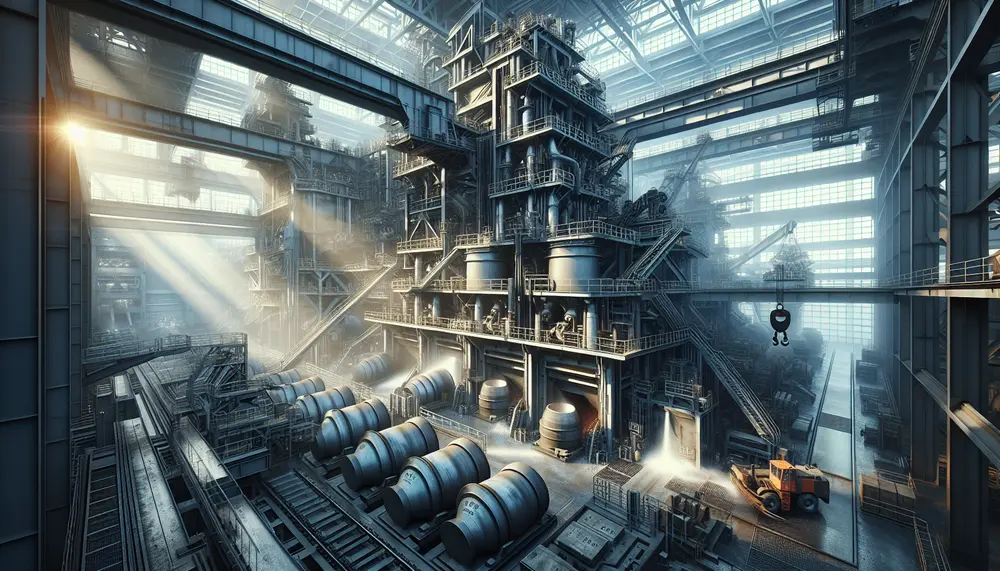
The steel making degassing process is essential for producing high-quality steel by removing dissolved gases like hydrogen, nitrogen, and carbon monoxide to prevent material defects. Vacuum degassing enhances the mechanical properties of steel, crucial for applications in construction and manufacturing,...
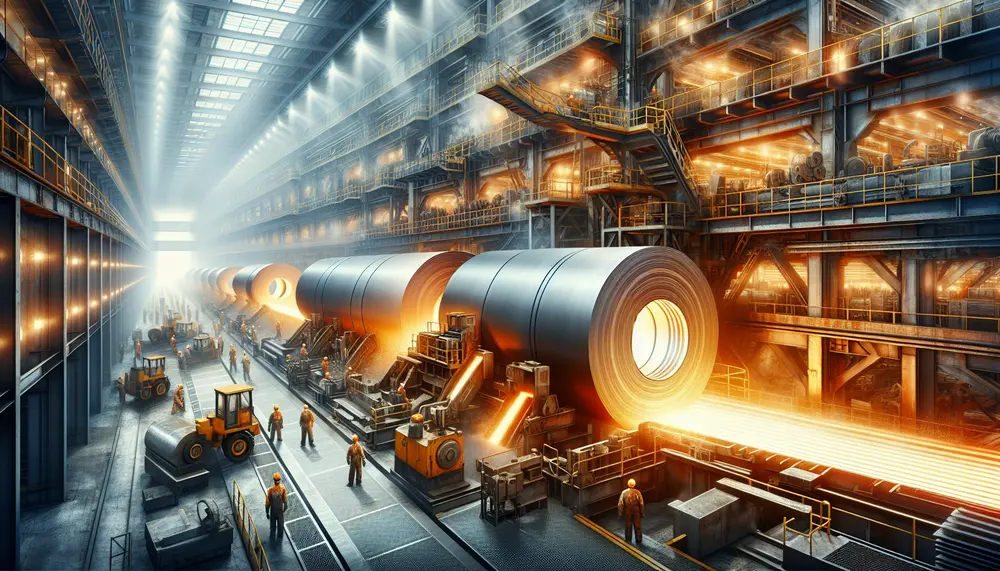
Steelmaking rolling is a crucial process that transforms raw steel into various usable forms by passing it through rollers to reduce thickness, improve uniformity, and achieve specific mechanical properties. The article details the stages of hot and cold rolling, the...
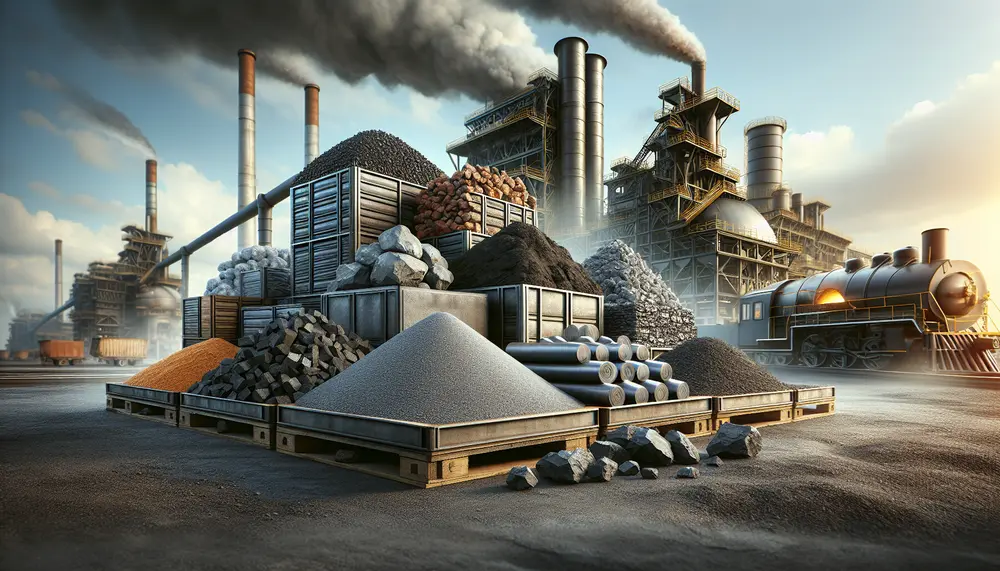
Steel production relies on a balance of raw materials like iron ore, coal, limestone, and scrap metal to determine the characteristics of different steel types. Understanding these ingredients is crucial for industry professionals as they influence strength, durability, and quality...
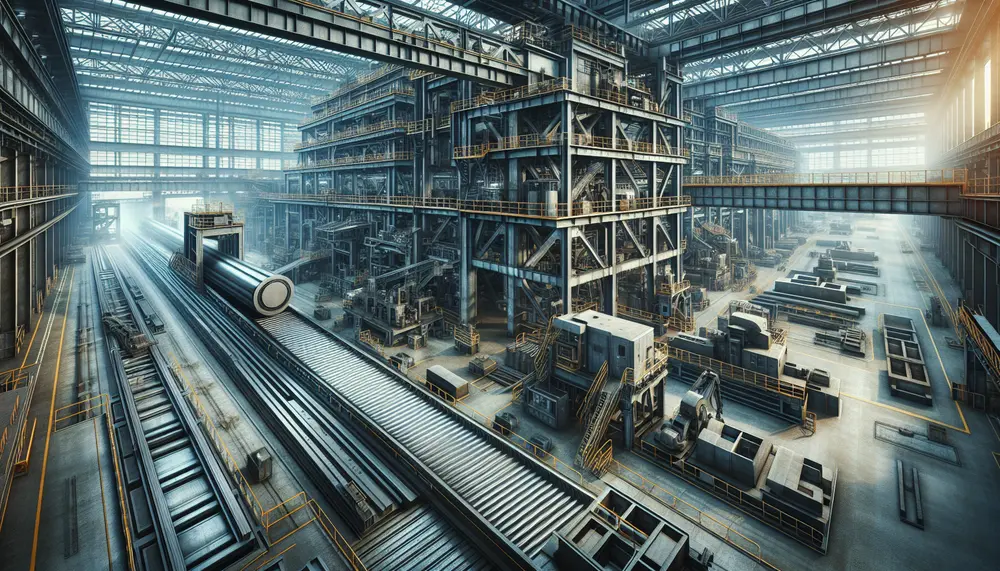
Steel manufacturing is a complex, multi-stage process that transforms raw materials into the durable metal essential for modern infrastructure. It begins with extracting iron ore and progresses through various phases including blast furnace operation and primary steelmaking methods like Basic...
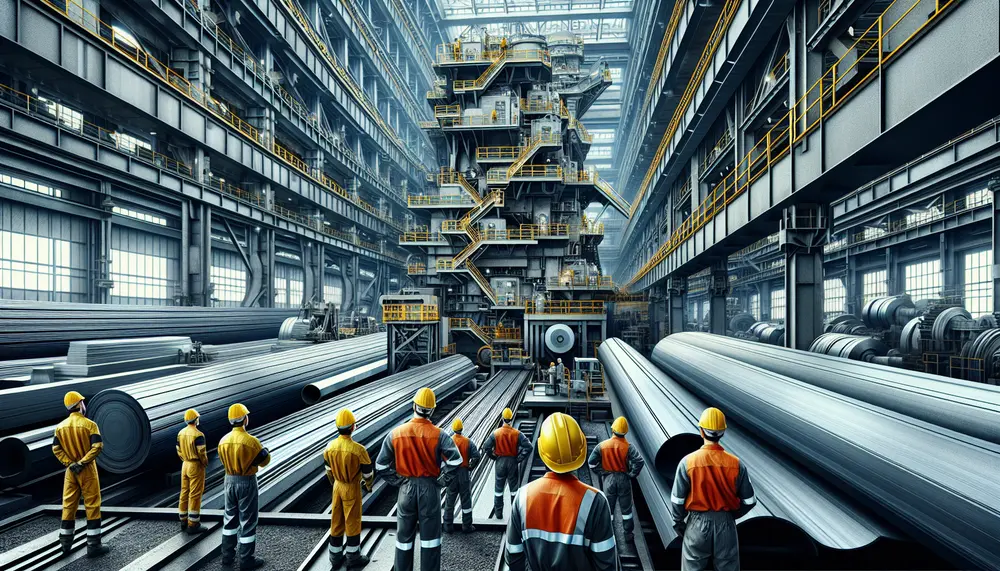
Steelmaking transforms iron ore into steel, involving processes like smelting and primary steelmaking methods such as Basic Oxygen Steelmaking (BOS) or Electric Arc Furnace (EAF), with additives enhancing properties. Understanding these basics aids in mastering industry-specific terminology crucial for various...
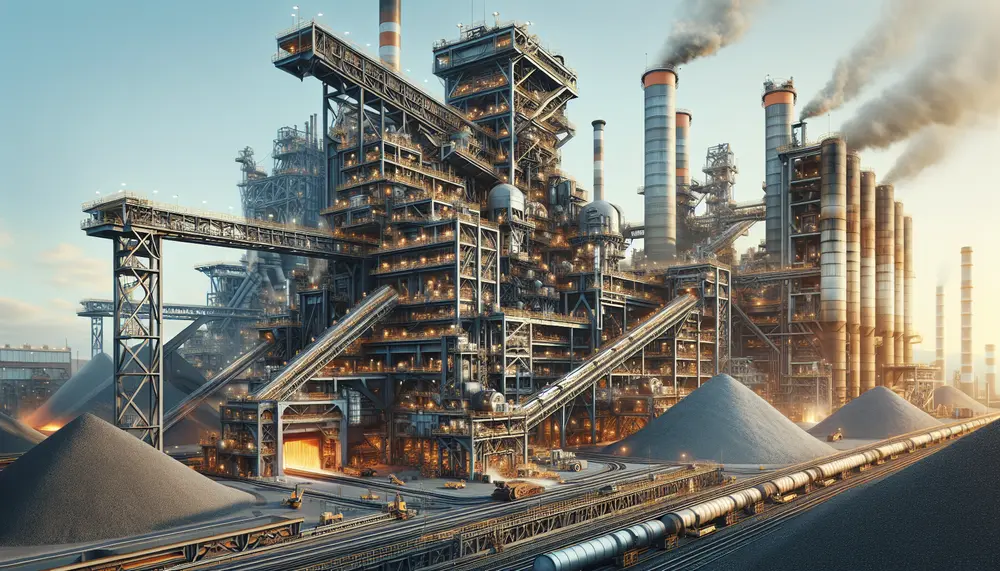
Steelmaking slag, a by-product of steel production, can be repurposed for various applications such as construction and cement production due to its valuable properties like strength, durability, and chemical stability. This not only reduces industrial waste but also promotes environmental...
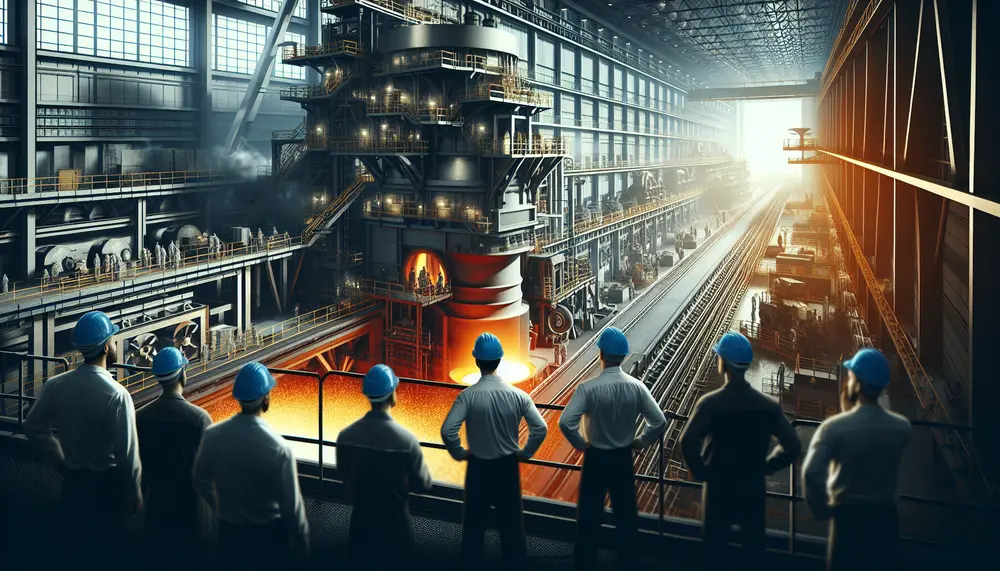
The steelmaking tundish is a critical intermediary in the continuous casting process, serving as both a reservoir and buffer for molten steel while facilitating controlled flow and cleanliness to enhance final product quality. Its design has evolved since the 1950s,...
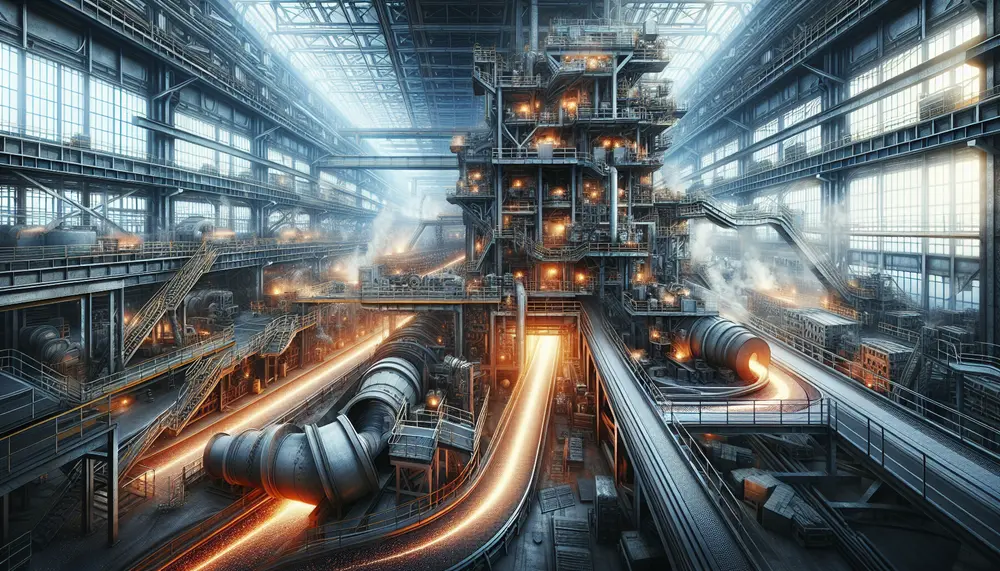
Steel manufacturing transforms iron ore into steel through a series of processes, starting with smelting in blast furnaces and including primary and secondary steelmaking to adjust chemical composition and remove impurities. The final product is cast, formed, and carefully temperature-controlled...
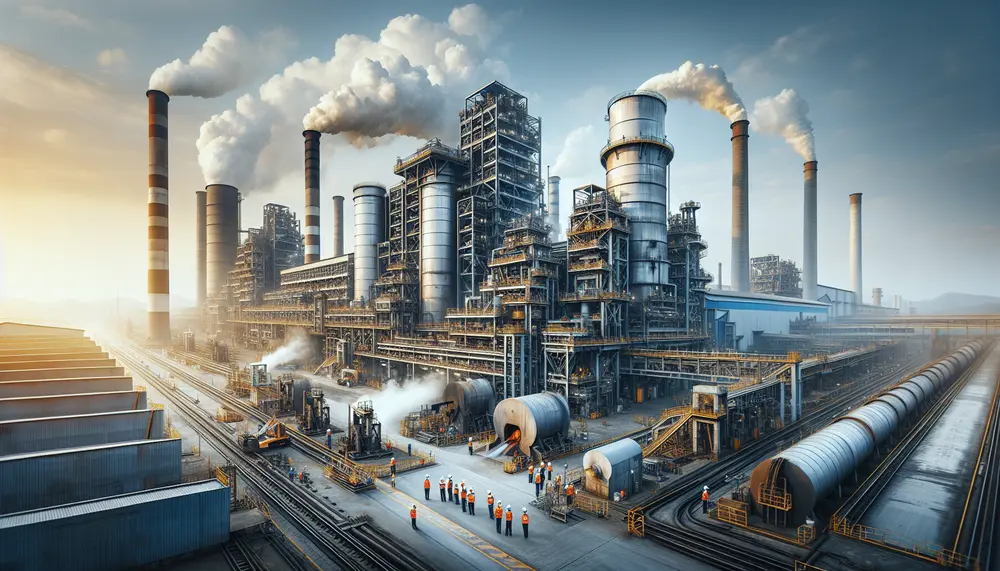
The steel making process in India combines traditional practices with modern technology, utilizing abundant iron ore and focusing on sustainability. The industry is vital to the economy, supporting various sectors and striving for self-sufficiency while facing challenges such as pollution...
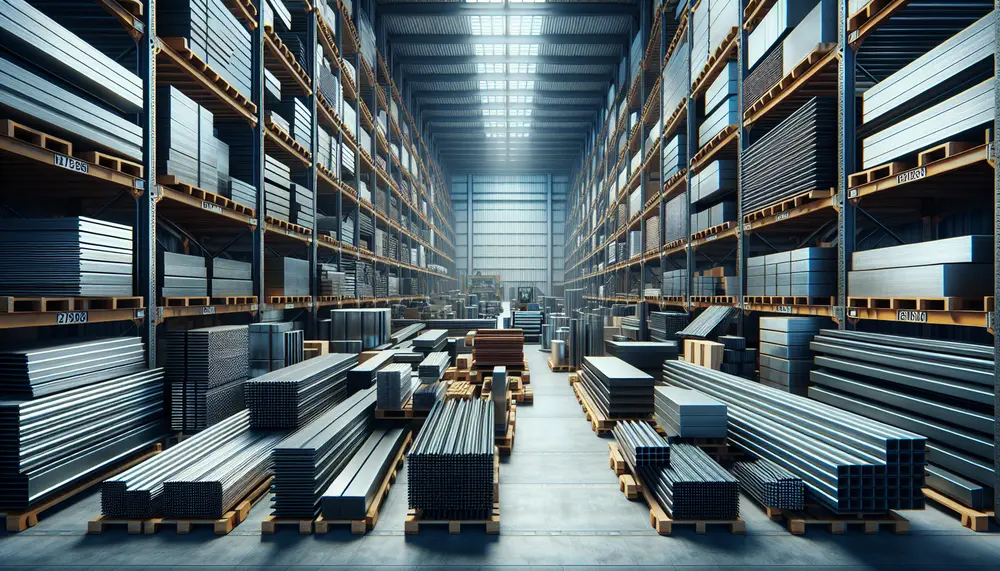
Quality steel products are defined by their adherence to industry standards and customer needs, featuring durability and resistance essential for various sectors. High-quality steel is crucial across industries like construction and automotive due to its strength, safety features, and ability...
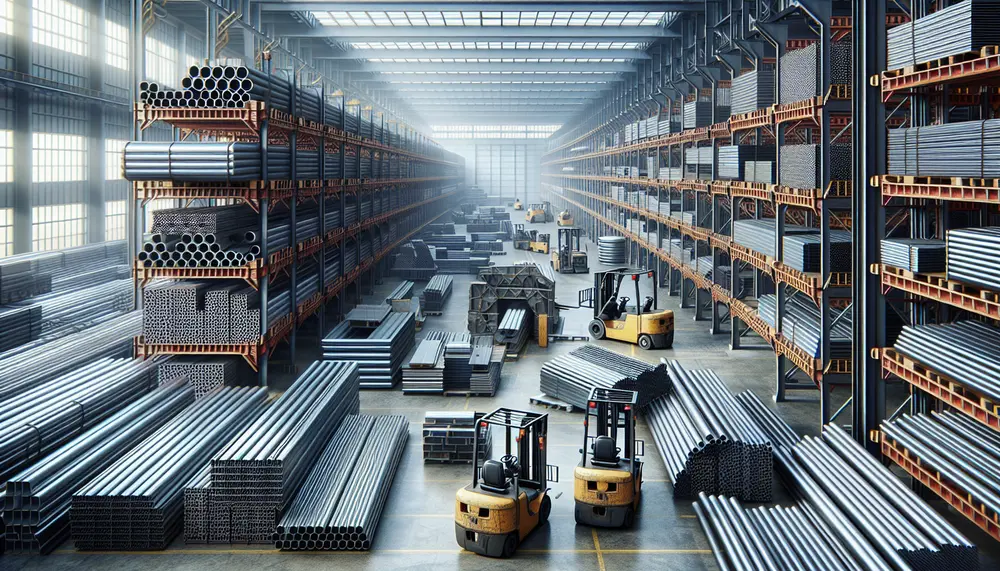
Steel exchange products provide digital marketplaces for buying, selling, and trading steel commodities, connecting producers with end-users to align supply and demand. These platforms enhance industry efficiency by offering real-time pricing, a wide range of products, secure transactions, and valuable...
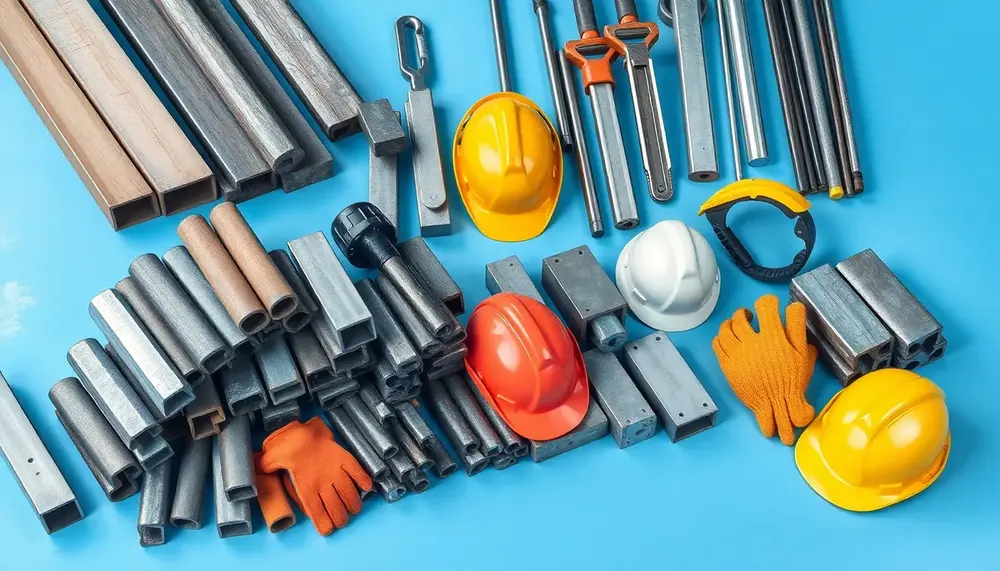
Steelmaking nouns are essential for clear communication and safety in the steel industry, with evolving terminology requiring an up-to-date glossary. This article explains key terms like alloy, arc furnace, austenite, blast furnace, billet, basic oxygen process, carbon content, converter, casting,...
